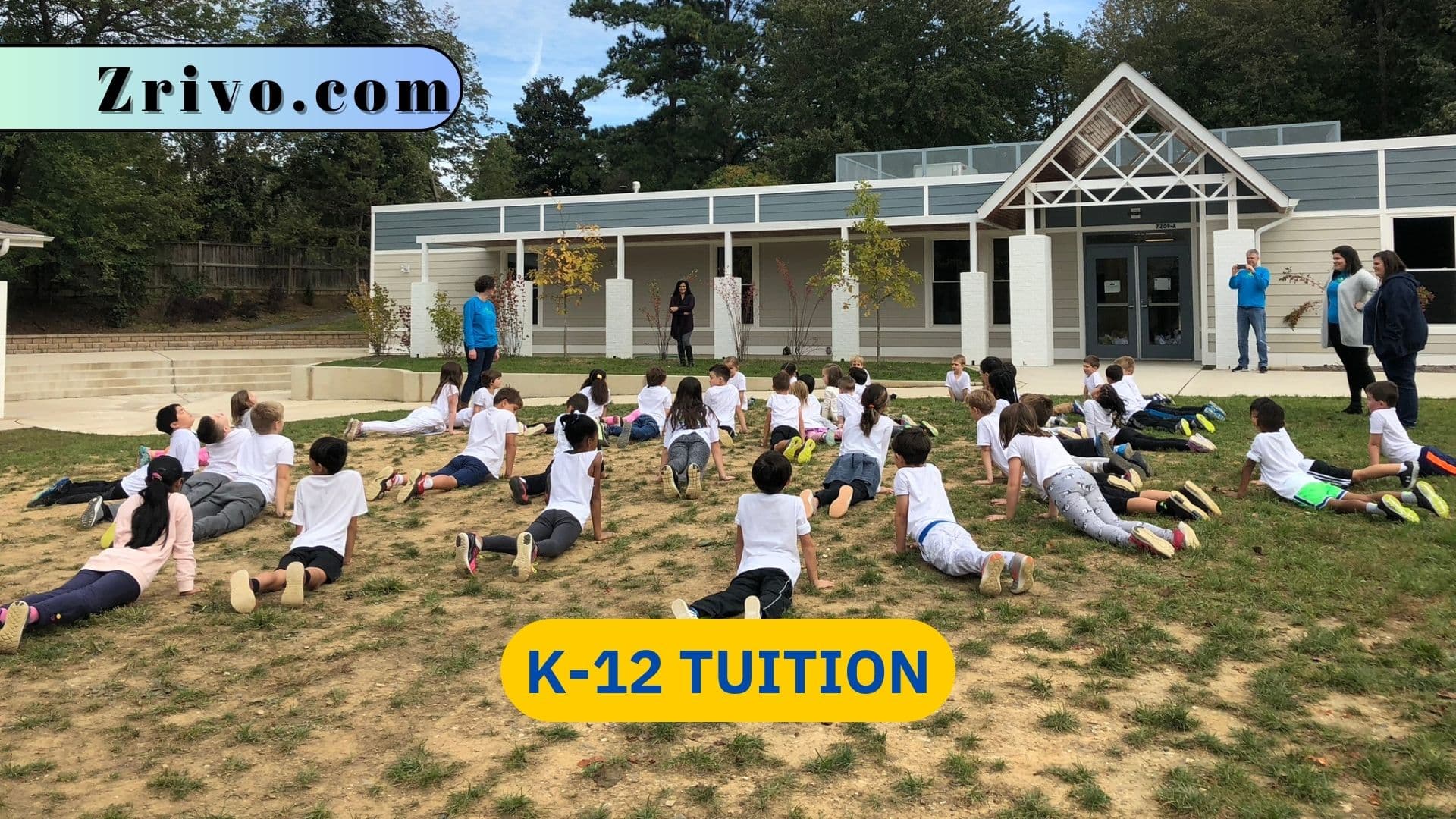
Tuition is the cost of education for students in grades K-12. It includes the cost of books, laptops/tablets, and lunch. There are also additional fees for the after-school program and student activities in high school. Many private schools offer financial aid to help families pay tuition. However, every school has policies about who is eligible for aid and how much to award, so families should consult with the individual schools. The new tax law allows Parents to claim up to $5,000 in education expenses. However, the credit is only available for tuition for elementary and secondary school, not higher educational expenses. In addition, the credit is only available to taxpayers who file a joint return and have taxable income of less than $250,000. The K-12 education expense deduction is a benefit that many families use to offset the cost of private school tuition. There are two types of tax-advantaged savings plans that allow parents to save money for K-12 tuition:
- Coverdell Education Savings Account
- 529 Education Savings Plan
Both of these plans are available nationwide and have different rules and restrictions. Private schools are an attractive option for millions of families across the nation. They can provide a variety of benefits, including small class sizes, enhanced academic offerings, and religious education. However, the cost of tuition can be prohibitive for many families.

How to Lower K-12 Tuition Expenses?
Unlike post-secondary education expenses, which can qualify for significant tax breaks, K-12 tuition doesn’t usually get a break from federal or state governments. Most of the available education tax credits and deductions are geared toward college enrollment, but there is some help for families who send their children to private elementary and high school.
Most families can save money on tuition by investing in a tax-advantaged 529 college savings plan. Forty-nine states sponsor these plans, most of which allow withdrawals for K-12 and higher education expenses. However, the cost of K-12 tuition often far exceeds that of college, so a withdrawal from a 529 account would likely significantly skew the plan’s balance upward.
Some parents may be able to claim an itemized deduction for tuition costs for special needs students in grades kindergarten through 12 if it’s established that the child’s attendance at a private school is medically or therapeutically required. For other students, paying for before- and after-school care may qualify as a dependent care expense, which can be deducted if you itemize your deductions.
You can use funds from a New York 529 savings plan to pay for K-12 expenses. New York law allows withdrawals from the plan for qualified educational expenses, including K-12 tuition, but not for other educational expenses, such as apprenticeship fees or student loan repayments. If you withdraw from your NY 529 account for non-qualifying educational expenses, you’ll incur a 10% penalty in addition to federal income tax on the withdrawal.

K-12 Tuition Loans
K-12 tuition loans are similar to education loans, but they are specifically designed to cover the cost of a private school education. These loans are typically more flexible than personal loans and offer lower interest rates. However, they still have to be repaid and will likely require a cosigner responsible for the debt in case the primary borrower cannot make the repayments.
Most private school tuition loans come with a loan fee, which is usually deducted from the amount of each payment. The loan fee can vary by lender and may be more or less than the principal. Other fees may include an origination fee and a late payment fee. It is important to carefully consider the terms of each loan before making a decision. You should also consider the loan term length so that you can repay your debt in a reasonable amount of time.